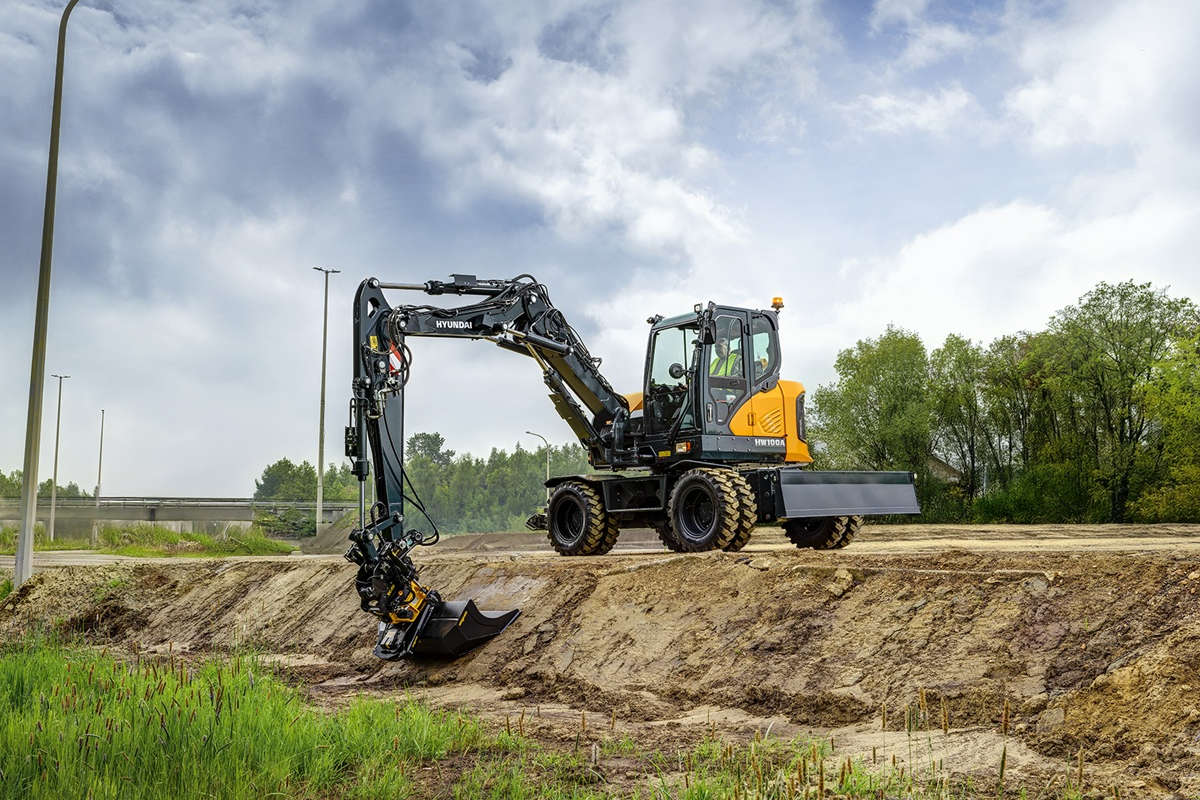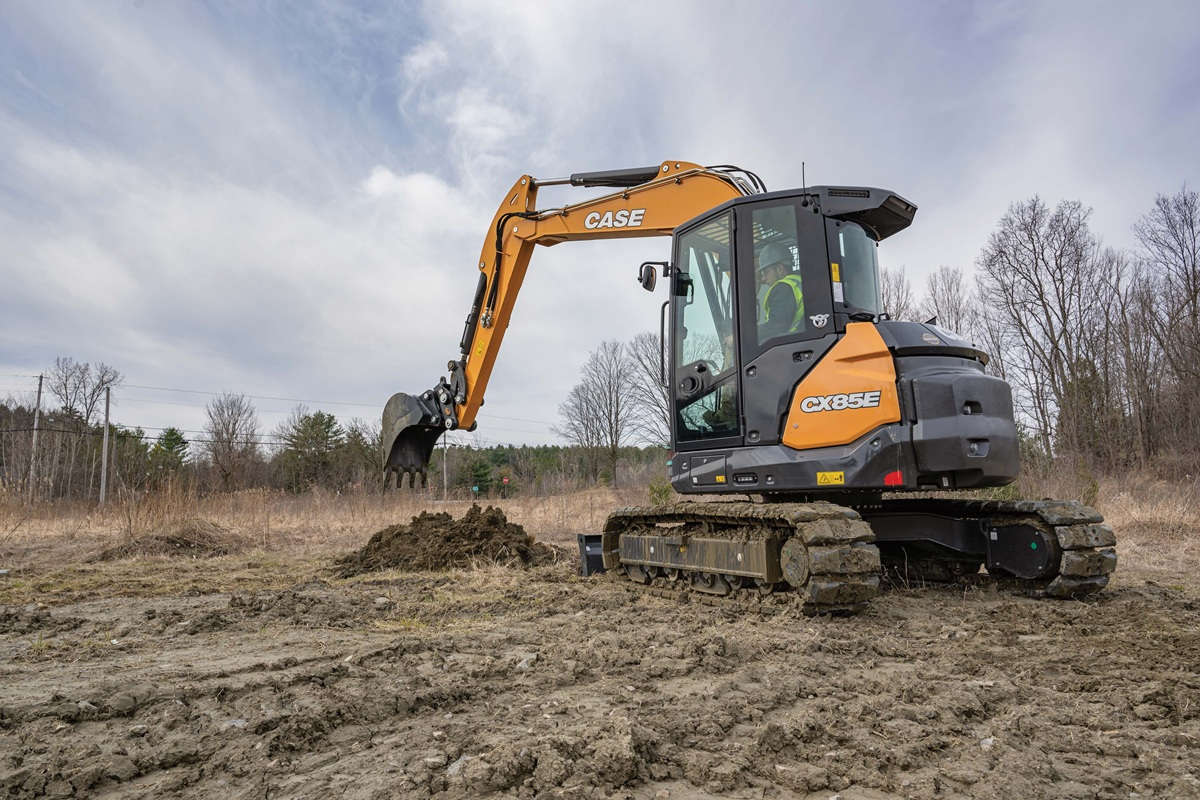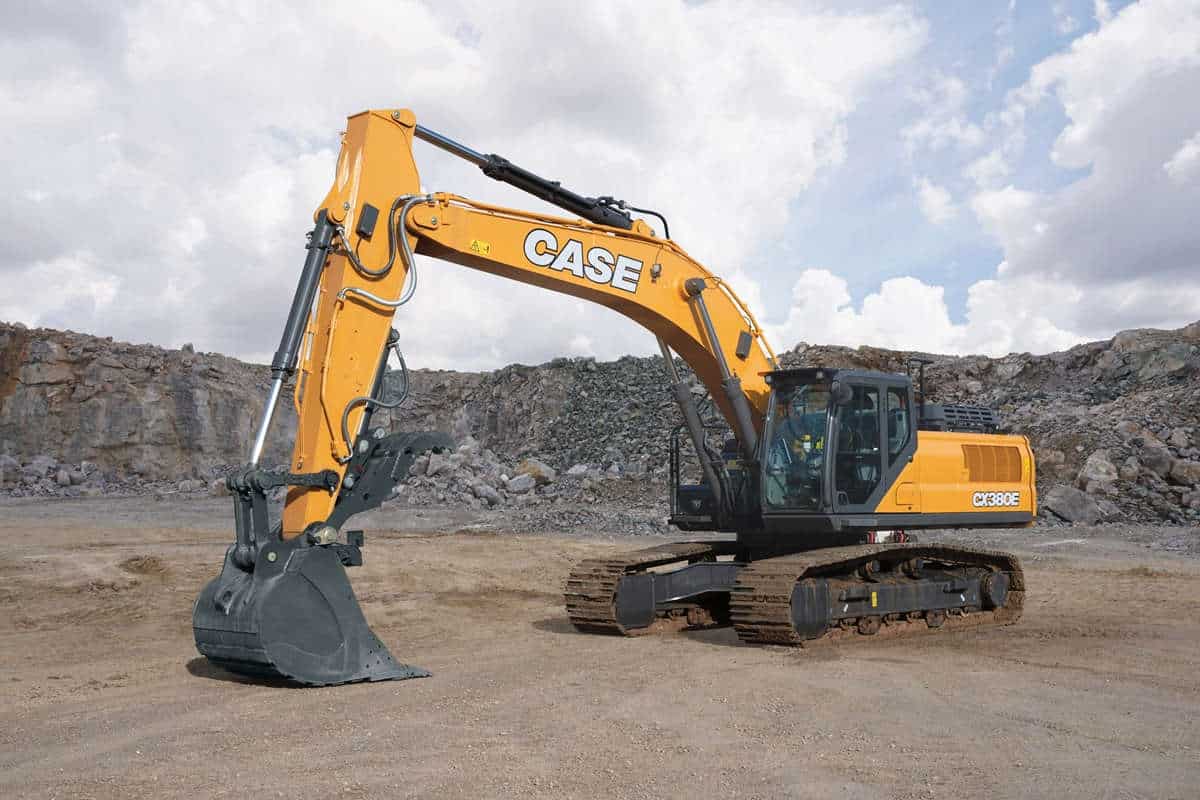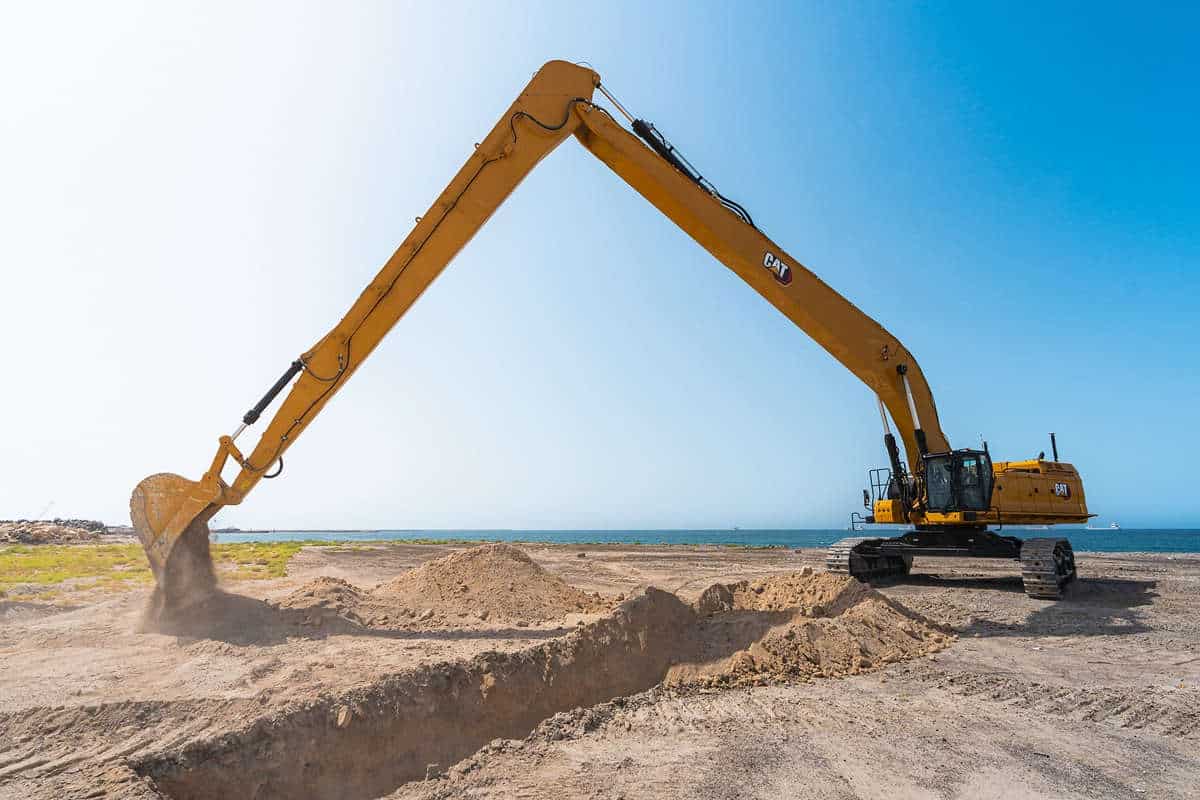Q&A with Komatsu: UC Talks Excavators with Nathaniel Waldschmidt

An excavator is the workhorse for any utility contracting company. From digging pits to trenching and loading, the versatile excavator keeps crews productive and profitable.
In its simplest form, an excavator has a moveable arm with a bucket at the end, mounted on a rotating cab, with wheels or tracks to tackle a variety of terrain. Excavators can range in size from the mini excavator for light construction or residential jobs, to large excavators for heavy construction and mining.
To get a read on the where the industry stands on the latest in excavator technology, UC sat down with Nathaniel Waldschmidt, Komatsu’s product manager for hydraulic excavators. Waldschmidt grew up in the construction equipment business and has experience on the dealer and manufacturing side. Here’s what he had to say.
Can you start off by giving us a brief overview of the Komatsu excavator lineup – the size range, markets served, etc.?
Komatsu covers a full range of excavators from 3 metric tons to 125 metric tons and larger, with 13 metric ton through 50 metric ton models representing the lion’s share of the market in North America. Our customers use the equipment in all types of industries, including, energy, commercial, residential, infrastructure and more. We pride ourselves on recognizing the needs and challenges of our customers, and offering solutions to meet those needs.
How is technology changing the way contractors operate? What technology is Komatsu offering in its lineup?
We are in a very interesting time when we talk about technology in the excavator market. We’re seeing some operators lean on technology more than ever, while at the same time there are legacy operators who are more comfortable using traditional methods – so we’re in kind of a hybrid period. But generally, there is more technology being used, which is particularly helpful in getting less experienced operators up to speed quickly, whether that is on an excavator, dozer or any piece of equipment on
the jobsite.
For Komatsu, our flagship product has been our Intelligent Machine Control models. We call it Komatsu IMC 2.0, our second generation of Intelligent Machine Control. Last year at CONEXPO we celebrated our 10th anniversary of IMC, so the technology is continually evolving.
In a nutshell, Intelligent Machine Control excavators offer semi-automatic control for trenching, slope work and other high-production applications that helps increase precision and decrease over-excavation. Komatsu’s IMC is integrated into the equipment and is not a bolt-on afterthought. IMC takes over some of the machine functionality and, in turn, takes some of the guesswork out of the operation. Another advantage is the ability to integrate the data with design and office management software.
As far as technology development goes, we have a two-part path. We are offering what the market is asking for today, but we are also looking to the future, so that we can stay ahead of the curve for where the market is heading.

Electrification is an emerging topic in construction. What factors are leading to the increased use of electric and hybrid equipment? How is Komatsu responding?
Electrification touches a wide range of topics involving contractors, owner agencies and the manufacturers themselves. At Komatsu, we have a corporate challenge target of achieving carbon neutrality by 2050, so, electrification contributes to that. From the contractor’s perspective there are issues related to charging solutions.
But electrification and alternative engines are expanding and are a focus area for us. At CONEXPO last year we introduced our PC210 electric machine, and we also offer hybrid equipment. What is interesting about hybrid engines is that it is not new technology for Komatsu; we have been producing hybrid equipment on the mining side of our business for nearly 50 years.
For the general construction market, we produce the HB365LC-3, which is a 35 metric ton excavator that is a true hybrid solution. It offers two major benefits to a contractor. One is an increase in productivity when compared to the standard model. The second major benefit is of course the fuel savings that can be achieved with the hybrid engine, which can add to the contractor’s bottom line.

Long-lasting and efficient equipment is key for contractors increasing uptime and profitability. Can you give us tips regarding the best ways to keep machinery operating at peak proficiency?
The most important thing to do is familiarize yourself with the operation and maintenance manuals; they do a very good job at spelling out maintenance intervals and replacing wear items. Some operators are very hands-on and do a great job maintaining the equipment, but our dealers are also great resources for service and maintenance. Buying equipment is a big investment, and planning for service and maintenance allows you to maximize uptime and get the most return on your investment.
One common misconception we see is that service relates to downtime; if the machine is being serviced it’s not in the field working. But the reality is that equipment that is not well maintained can lead to catastrophic failures that can lead to even greater downtime and higher repair costs or even expensive new equipment purchases.
What are some of the current issues that contractors are facing? What can equipment manufacturers do to help contractors cope with these challenges?
Probably the biggest issue we are seeing today is the labor shortage and attracting people to the construction industry. The construction industry offers great opportunities and we need to do a better job promoting ourselves. But we are making strides and I believe that we can right the ship.
Technology is helping in this regard. With increased automation, incoming workers are better able to step in and operate the machines more quickly. They were born into the digital age and are familiar with using technology.
Again, at Komatsu we are looking to the future, both in the short term and the long term. We want to provide the equipment that helps contractors in a shifting landscape, whether that is addressing labor issues, keeping current with regulations or maintaining efficiency and profitability.




